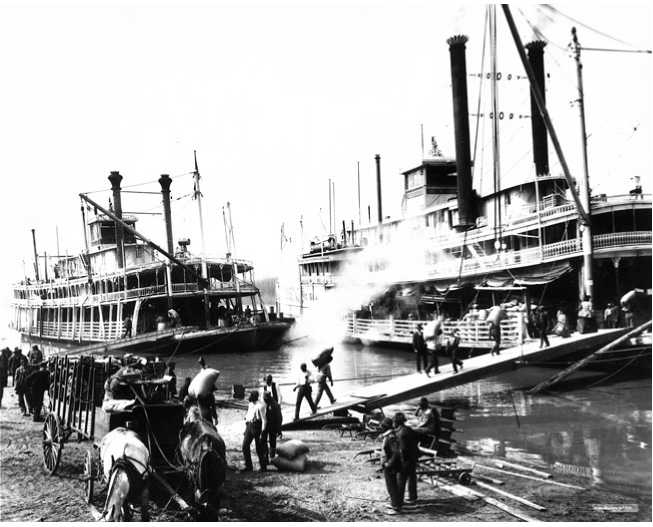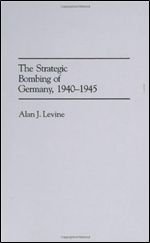When what Mark Twain called the Gilded Age began, American literature was dominated by the romantic mood. All the important writers of the 1840s and 1850s, except Hawthorne, Thoreau, and Poe, were still living. Longfellow stood at the height of his fame, and the lachrymose Susan Warner—“tears on almost every page”—continued to turn out stories in the style of her popular The Wide, Wide World. Romanticism, however, had lost its creative force; much of the popular writing in the decade after 1865 was sentimental trash pandering to the preconceptions of middle-class readers. Magazines like the Atlantic Monthly overflowed with stories about fair ladies worshiped from afar by stainless heroes, women coping selflessly with drunken husbands, and poor but honest youths rising through various combinations of virtue and diligence to positions of wealth and influence. Most writers of fiction tended to ignore the eternal conflicts inherent in human nature and the social problems of the age; polite entertainment and pious moralizing appeared to be their only objectives.
The patent unreality, even dishonesty, of contemporary fiction eventually caused a reaction. The most important forces giving rise to the Age of Realism were those that were transforming every other aspect of American life: industrialism, with its associated complexities and social problems; the theory of evolution, which made people more aware of the force of the environment and the basic conflicts of existence; the new science, which taught dispassionate, empirical observation. Novelists undertook the examination of social problems such as slum life, the conflict between capital and labor, and political corruption. They created multidimensional characters, depicted persons of every social class, used dialect and slang to capture the flavor of particular types, and fashioned painstaking descriptions of the surroundings into which they placed their subjects. The romantic novel did not disappear. General Lew Wallace’s Ben Hur (1880) and Frances Hodgson Burnett’s Little Lord Fauntleroy (1886) were bestsellers. But by 1880 realism was the point of view of the finest literary talents in the country.
•••-jRead the Document Mark Twain, Incident in the Philippines (1924) at Www. myhistorylab. com
•••-[Read the Document Mark Twain, To the Person Sitting in Darkness (1901) at Www. myhistorylab. com
Mark Twain

A sidewheeler on the Mississippi. In 1856 Samuel Clemens became an apprentice to a steamboat pilot and spent the next four years—among the most carefree in his life—plying the waters of the Mississippi River. In his writings, the river was a metaphor for a journey of discovery. A century later, the highway would function in a similar way for many American novelists.




 World History
World History









